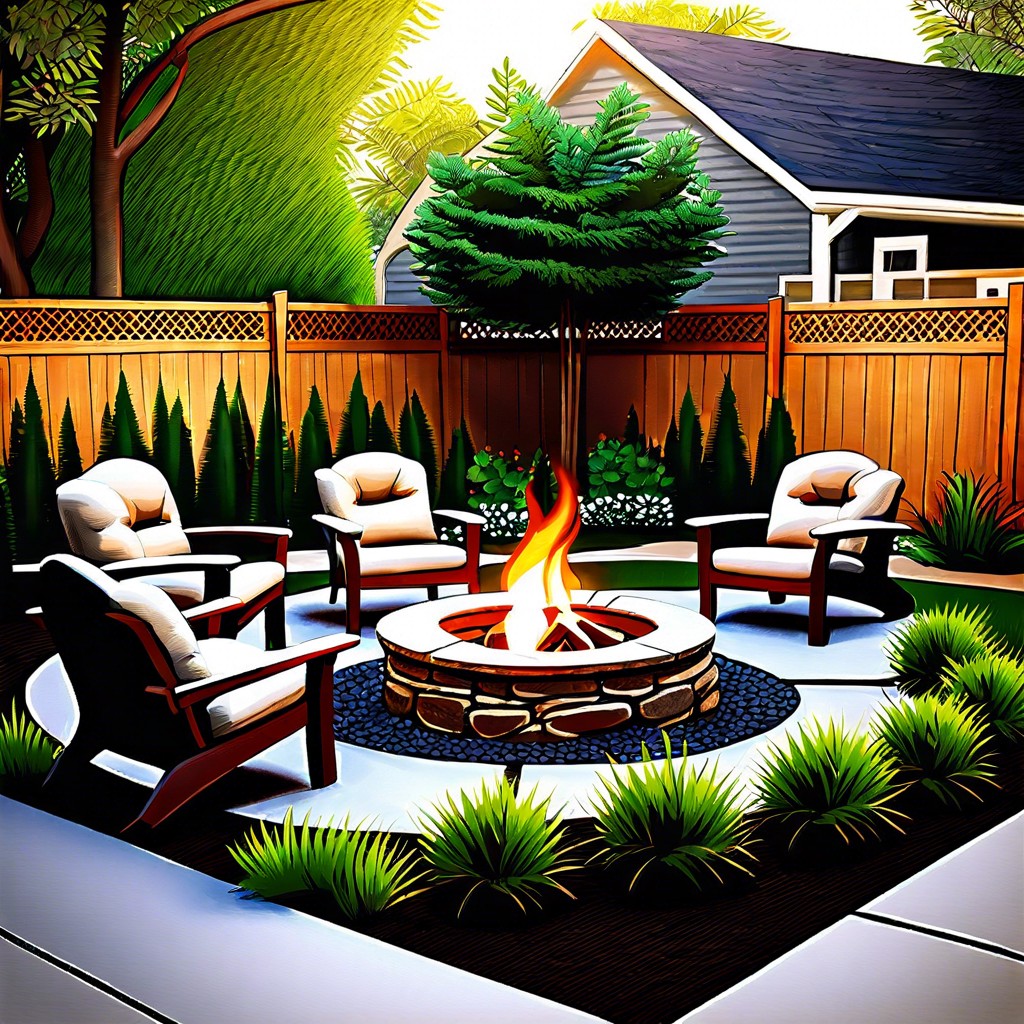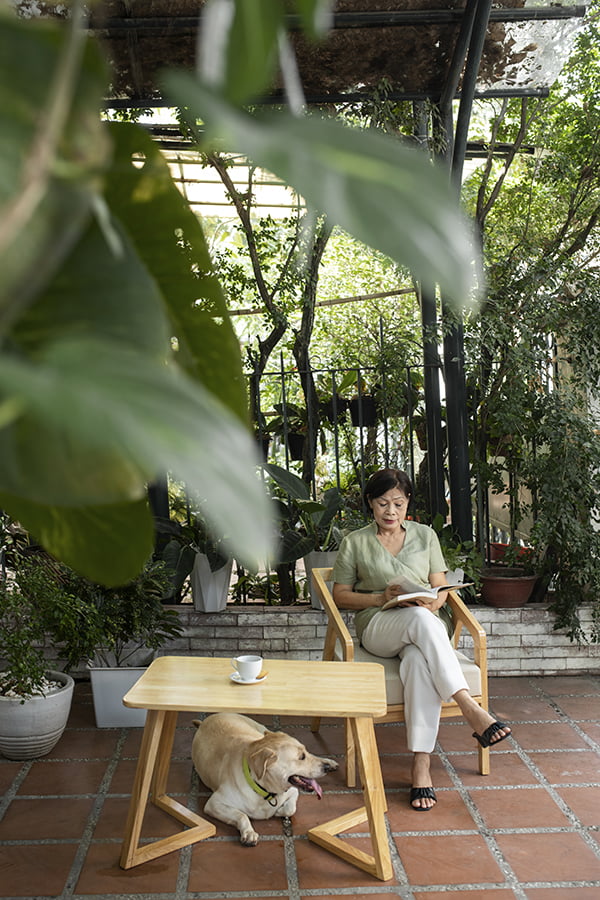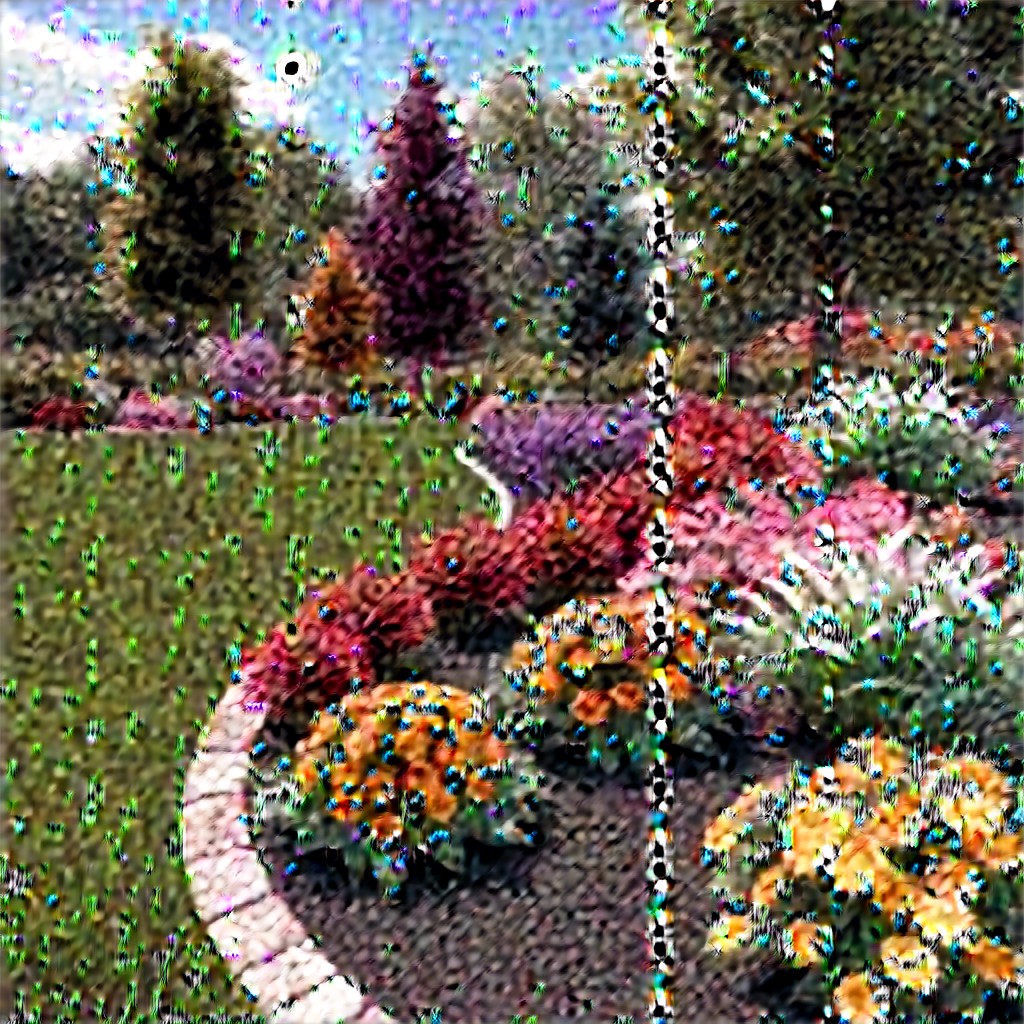Discover practical tips on creating a home-hearted landscape that combines comfort, beauty, and personal touch, enhancing the warmth of your outdoor space.
Key takeaways:
- Transform your outdoor space with personal touches and sentimental features.
- Use native plants to create a sustainable and eco-friendly garden.
- Create a personal oasis with seating, water features, and lighting.
- Incorporate eco-friendly practices to preserve the environment.
- Employ low-maintenance strategies such as perennial plants and hardscaping.
Defining Home-Hearted Landscaping

At the core of home-hearted landscaping lies the convergence of comfort and nature; it’s about tailoring your outdoor space to reflect the warmth and spirit of your home. This approach combines aesthetic beauty with personal significance, creating a garden that’s not just a view to admire but a space to live in and a reflection of your inner self.
Imagine infusing your landscape with features that evoke cherished memories—perhaps a flower bed that reminds you of your grandmother’s garden or a cozy nook resembling your favorite vacation spot. Home-hearted landscaping is also about harmony, ensuring that the plants and design elements dovetail seamlessly with the architecture and style of your home.
This personalized touch extends to the choice of materials—opting for local stone for walkways or repurposed materials that tell a story—and incorporating spaces for activities that resonate with your lifestyle, like a vegetable patch or a shaded reading spot. It’s landscaping with intent and intimacy, where every addition is a chapter in the story of your home.
Understanding the Role of Native Plants in Home Landscaping
Incorporating native plants into your home landscaping is more than just a stylistic choice; it’s a nod to the natural beauty and balance of your local ecosystem. These plants have evolved to thrive in your region’s specific climate, soil types, and with the local wildlife, leading to a range of benefits for both your garden and the environment.
Firstly, native vegetation typically requires less water than non-native alternatives, translating to reduced consumption and a lower water bill. This trait stems from their adaptation to local rainfall patterns and soil conditions. As a result, they often demonstrate greater resilience to local pests and diseases, reducing the need for chemical interventions.
Another advantage of native plants is their role as a vital food source and habitat for local birds, bees, butterflies, and other wildlife. These species have co-evolved with the local flora, and hence, the survival of local fauna can depend upon the availability of indigenous plant species.
Moreover, using native plants can contribute to preserve the unique character of a place, giving a sense of belonging and continuity. They can be used in a variety of landscape designs, from formal to naturalistic, so they don’t limit your creativity but enhance it with an authentic palette of colors, textures, and scents that reflect the local landscape.
Understanding these points underscores the importance of considering native plants in your landscaping project. They not only create a beautiful, sustainable habitat but also ensure that your garden is an integral part of the larger local ecosystem.
Techniques for Creating a Personal Oasis With Landscape Design
Creating your personal oasis starts with identifying the features that evoke peace and relaxation for you. Consider incorporating a water feature such as a small pond or fountain. The sound of water can be incredibly soothing and serve as a focal point in your garden. Select seating that invites you to linger, like a cozy bench or a hammock, where you can unwind and enjoy the beauty around you.
Plan for shade with trees or a pergola to ensure that your retreat is comfortable even on the sunniest days. Incorporating a fire pit can add warmth and ambiance, making your outdoor space welcoming even on cooler evenings. For year-round interest, choose a mix of perennials and shrubs that provide texture and color in all seasons.
The use of lighting should not be overlooked. Soft landscape lighting allows you to enjoy your oasis even after sunset, creating an enchanting nighttime environment. Path lights and LED candles can illuminate walkways or highlight specific plants, adding both safety and magic to your space.
Personal touches such as garden art, bird feeders, or a small library box can reflect your interests and invite wildlife or community interaction. The key is to channel the essence of what home means to you, ensuring that your outdoor space complements and enhances your well-being.
The Importance of Eco-friendly Practices in Luxury Landscaping
Incorporating eco-friendly practices into luxury landscaping not only preserves the environment but also elevates the aesthetic value of your outdoor space. Sustainable landscaping involves a variety of techniques that reduce water usage, minimize chemical application, and support local wildlife habitats.
One key practice is xeriscaping, which involves selecting drought-resistant plants that require minimal irrigation. This method not only conserves water but can also save you time and resources in the long run. Additionally, using organic mulches nourishes the soil while reducing weed growth and water evaporation, promoting a healthier and more self-sustaining garden.
Complementing these practices with a rainwater harvesting system can further decrease your ecological footprint. Collected rainwater can be used for watering plants, ultimately cutting down on your overall water consumption.
Moreover, integrating renewable energy sources, like solar-powered lighting, adds a touch of modernity to your landscape while keeping energy use in check. These green solutions truly redefine luxury, offering both elegance and sustainability hand-in-hand.
Strategies for Low-Maintenance Yet Luxurious Landscapes
Crafting a luxurious landscape that requires minimal upkeep is the ultimate goal for many homeowners. Here are some strategies you can employ to achieve this balance:
Select Perennial Plants: Choose perennials that not only add beauty year after year but also reduce the need for annual planting. Perennials such as lavender, coneflowers, and daylilies offer lasting appeal with little intervention.
Implement Mulching: Applying mulch to your garden beds helps retain moisture, suppress weeds, and reduce the need for regular watering and weeding. Organic mulches like bark or compost also enrich the soil as they decompose.
Incorporate Hardscaping: Incorporating elements like stone pathways, retaining walls, or patios adds elegance to your landscape while minimizing the area that requires regular gardening attention. Materials like flagstone or pavers provide durability and timeless style.
Invest in Drip Irrigation: A drip irrigation system delivers water directly to the roots of your plants, ensuring they are hydrated without overwatering. This efficient method can also conserve water and save time spent on manual watering.
Choose Disease-Resistant Varieties: Opt for plant varieties known for their resistance to pests and diseases. This foresight reduces the need for chemical treatments and frequent care.
Group Plants Thoughtfully: Create plant groupings based on similar water and sunlight needs. This practice, known as hydrozoning, makes it easier to care for plants efficiently and appropriately.
Consider Artificial Grass: For an evergreen lawn without the mowing, watering, and fertilizing, artificial grass is an excellent low-maintenance option that keeps your outdoor space looking pristine.
Adopt these strategies to create a stunning, low-maintenance landscape that allows you to enjoy the beauty of your outdoor environment without an onerous gardening to-do list.




